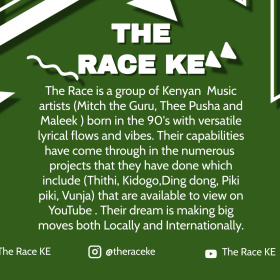Bluetooth introduces low energy audio format
Global standards organisation Bluetooth Special Interest Group this week announced a new low energy (LE) audio format that will enhance Bluetooth performance.
 The new Bluetooth LE audio format could enhance sound quality.
The new Bluetooth LE audio format could enhance sound quality.
The upcoming LE format, which uses the Low Complexity Communication Codec (LC3), will also add support for hearing aids and enable audio sharing.
LC3 essentially produces high quality audio at low data rates. The breakthrough also gives product developers more flexibility in their designs, enabling more choice between audio quality and power consumption such as longer battery life or smaller batteries.
Another key feature of LE is that it supports multi-stream audio. This means a transmission to multiple, independent and synchronised audio streams between audio devices can be achieved. Previously, devices could only transmit to one wireless earbud, which would wirelessly connect to the other earbud to create a stereo sound. This would sometimes result in a delay and synch issues.
“Extensive listening tests have shown that LC3 will provide improvements in audio quality over the SBC codec included with Classic Audio, even at a 50% lower bit rate,” head of Audio for Communications at Fraunhofer IIS Manfred Lutzky said.
“Developers will be able to leverage this power savings to create products that can provide longer battery life or, in cases where current battery life is enough, reduce the form factor by using a smaller battery.”
With the new format Bluetooth audio will support two operation modes: LE Audio, operating on Bluetooth (LE) radio, and Classic Audio, which uses Bluetooth Basic Rate/Enhanced Data Rate.
The news comes 20 years after Bluetooth technology was introduced to consumers around the world.
“With close to 1 billion Bluetooth audio products shipped last year, wireless audio is the largest Bluetooth market,” Bluetooth SIG CEO Mark Powell said.
“The launch of LE audio is a prime example of how the Bluetooth community is driving technology and product innovation and enabling delivery of even better and more capable Bluetooth audio products.”
Overall, the new feature is set to deliver better sound quality to users, and more sophisticated products are expected from designers. LE audio is in its final stage of development and expected to be rolled out in the first half of 2020.




























Comments
Log in or register to post comments